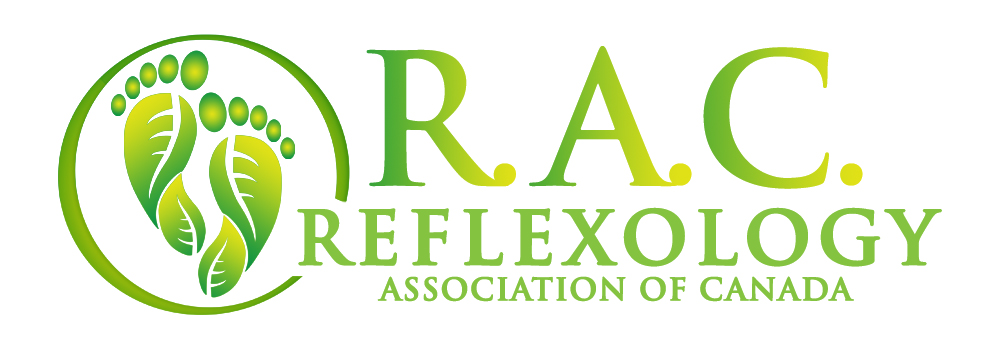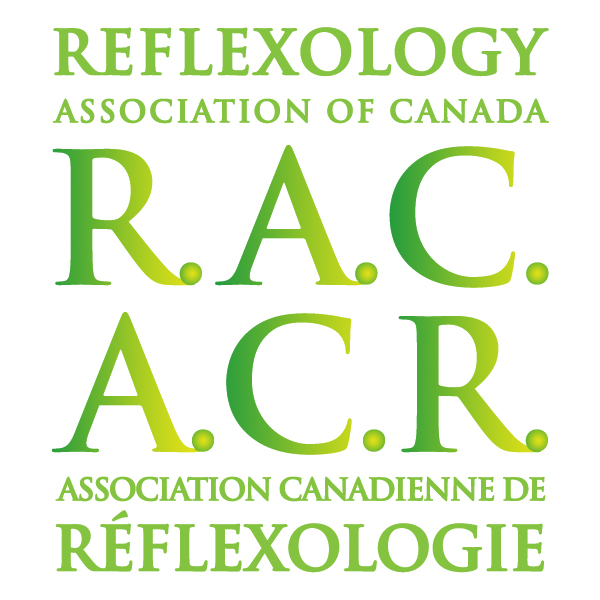Click on the button below to download our guidelines on contraindications.
WHAT IS A “CONTRAINDICATION?”
A contraindication is:
- ✅ an indication against a particular treatment;
- ✅ a change from the usual treatment; or
- ✅ a dictation of a different treatment.
For reflexology therapists, this means using informed professional and sound judgment in deciding if and/or when to give a reflexology session, proceeding with caution to avoid injury, or modifying your methodology or session plan before proceeding.
Understanding contraindications within the professional practice of reflexology means recognizing that reflexology operates within a larger field of integrative healthcare. In addition, this mean acknowledging where and/or when a therapist’s individual limitations may apply.
In these circumstances, it is imperative that a reflexology therapist work alongside other health professionals to consider the client from a holistic perspective, including, but not limited to:
- ✅ referring a client to another reflexology colleague with either more experience or more advanced reflexology training working with that client group; and/or
- ✅ referring a client to another healthcare professional.
Each client is unique. Each client’s session is unique. Reflexology therapists need to account for their client’s safety every time they proceed to work with them. Thus, even with the identification of contraindication(s), session plans will vary between and across clients.
PROFESSIONAL GUIDE FOR REFLEXOLOGY THERAPISTS TO ENSURE THEIR CLIENTS’ (AND THEIR OWN) SAFETY.
A. When to ensure that a reflexology therapist is working within the framework, support, and/or awareness of a primary healthcare provider
The following are circumstances where reflexology therapists should make sure that the client has checked in with their primary healthcare provider before proceeding.
A client who is under the direct, active care of another healthcare provider. I.e., a client undergoing a specific treatment with another healthcare provider.
A client whose blood pressure or chemistry is being closely monitored. I.e., Recent cardiovascular incident/intervention, active chemotherapy, IVF, antidepressants, post-blood tests and pre-surgery, etc.
A client with gangrene; unknown and/or severe inflammation, swelling, or infectious condition; acute injury (i.e., broken bones, lacerations, or damaged tissue) or extreme sensitivity in the area to be worked.
A client with unknown skin rash/condition or pain.
-
A client whose primary healthcare provider might not be in line with circulating lymph. I.e., Clients with herpes simplex virus-2, shingles, or actively being treated for cancer.
B. When a reflexology therapist could refer to another reflexology therapist with more experience or advanced reflexology training working with a specific client group
The following is a non-exhaustive list of relative contraindications. Depending on a therapist’s training or lack there of, this may be an absolute contraindication.
Any of aforementioned contraindications in part A.
Many client groups require special consideration. I.e. palliative clients, babies and/or children, pregnant people, people with brain diseases (Alzheimer’s, dementia…), people with neurological/developmental conditions (autism spectrum, highly sensitive clients…), people with mental health issues, people with diabetes, etc.
C. Additional Contraindications for Specific Modalities or Protocols
Specific reflexology modalities or protocols could have additional contraindications. Reflexology therapists should refer to the contraindication considerations in their training.
General Considerations
If a Reflexology therapist is unsure, wary, or uncomfortable, they should not proceed. If a client is unsure, wary, or uncomfortable, a therapist should not proceed with the session. In these circumstances, a reflexology therapist should determine what is needed for their client or themselves to feel confident and comfortable enough to proceed. Then, when possible, they should make that happen or wait for that to be true.
Additionally, there are other situations that may cause a therapist to not work on a client, that do not directly pertain to a contraindication of “reflexology” per se. For example: a client arrives demonstrating cold and/or flu symptoms, vomiting, under the influence of drugs or alcohol, or does not have the appropriate permission to be worked on, etc.
Reflexology therapists should always stay within their scope of professional practice (Reference: RAC’s Scope of Practice). If a client situation requests that a reflexology therapist move beyond reflexology’s scope of practice, a therapist should consult and/or refer.







